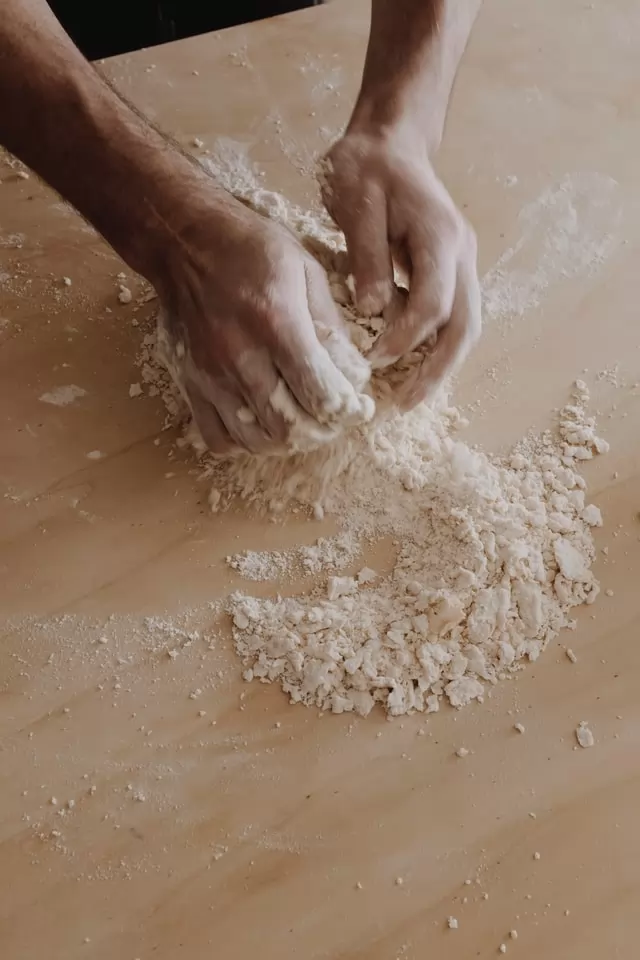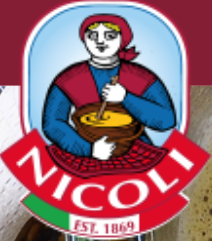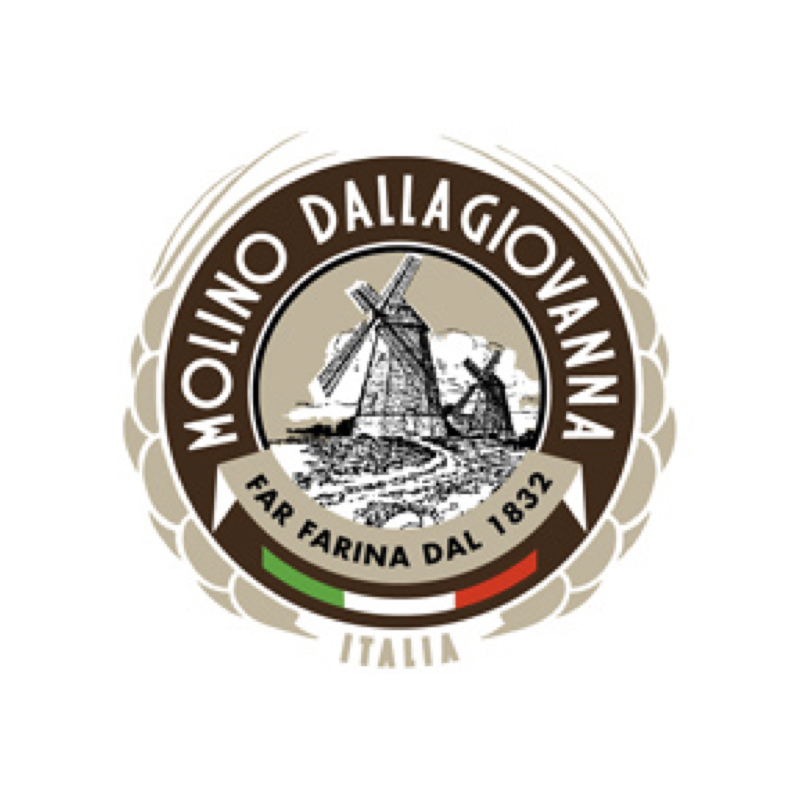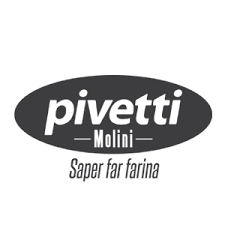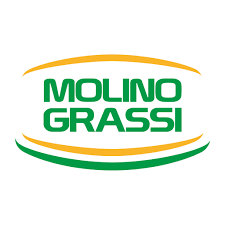Summary
The global wheat flour market, a fundamental component of food cultures worldwide, has experienced growth, reaching $250.8 billion in size in 2023 with an expected rise to $319.08 billion by 2030, progressing at a CAGR of 3.5%. In Italy, from 2020 to 2021, the grain processing sector's turnover exhibited a steady upward trajectory with a 44.2% increase. Italian production of soft wheat modestly grew by 1.5% between 2020 and 2022 while durum wheat posted a more considerable increase of 6.3%. The key Italian regions leading in wheat cultivation are Puglia and Emilia-Romagna for durum and soft wheat, respectively. Exports in this sector have risen by 50.2% since 2018, indicating Italy's strengthening position in wheat trade, with France being the top consumer of Italian exports.
Trends and Dynamics in the Flour Market in Italy
The flour market in Italy has demonstrated considerable stability, with occasional periods of growth. This trend is also reflected in the preferences of Italian consumers who are increasingly opting for alternative flour options over traditional white flour. The emphasis is on healthier choices with a lower glycemic index to reduce the risk of diabetes. Consequently, there has been an observable shift toward the consumption of alternative flours such as those derived from almonds, coconuts, legumes, and other grains that are high in proteins and fats. On the domestic market front, the grain processing sector exhibits a positive trend with a notable increase in turnover, registering a growth of around 44 percent over a decade. The harvested production of grains fundamental to the flour industry, namely soft wheat and durum wheat, increased by approximately 1.5 percent and 6 percent, respectively, over a three-year period. Puglia, Sicily, Basilicata, and Emilia-Romagna are among the regions with the most significant cultivation areas for these grains. When it comes to foreign trade, Italy's landscape indicates a stronger exporting than importing dynamic, with exports growing impressively by about 50 percent over a five-year span. France, the United States, Germany, the United Kingdom, and Spain are among the top consumer countries of Italian wheat flour. In the context of the world market, wheat flour is a staple commodity with the global market value estimated to reach a significant sum, likely between $300 billion and $340 billion, by the end of the decade, expanding at a compound annual growth rate of approximately 3 to 4 percent. The Italian market structure is composed of a range of enterprises, from artisanal operators to major industrial establishments, specializing in various flour products. Whether it's traditional wheat flour or specialized flours for bakery, pastry, or pizzas, these companies maintain a presence in both national and international markets. The turnovers of these companies can broadly range from around €20 million to over €100 million. In an intriguing development regarding household spending, there has been a notable contraction in the expenditure on flour and other grains. This decrease, estimated to be roughly between 30 and 40 percent, suggests evolving economic conditions affecting consumer purchasing power and habits in Italy. In terms of product consumption, bread and baked goods hold a prominent place in Italian cuisine, with the milling industry processing several million tons of soft wheat annually.
Flourishing Flour: Key Players in Italy’s Flour Market
Italy’s flour market is sustained by a diverse group of enterprises that range from historic milling powerhouses to innovative companies specializing in various types of flour suited to the changing tastes and needs of consumers. Below are some of the prominent leaders in the Italian flour industry:
Molino Grassi takes pride in its status as a frontrunner in the production of both organic and conventional wheat flour. The company is highly regarded for its uncompromising attention to quality and its commitment to sustainable practices, ensuring its products meet the expectations of environmentally conscious consumers.
Molini Pivetti, a venerable name in the world of milling based in Emilia, dedicates its efforts to crafting high-caliber wheat flour for both professional chefs and home bakers alike. Its reputation is built on a foundation of history and expertise, delivering a superior product that enhances any culinary creation.
Molino Dallagiovanna has earned its acclaim by providing an extensive selection of flours tailored for bakery, pastry, and pizza-making needs. Renowned for its specialized flours, the company meets the demands of even the most particular bakers and culinary artisans.
Molino Quaglia is an innovative milling operation located in the Veneto region. Known for breaking new ground in the art of wheat milling, Molino Quaglia produces top-tier flours celebrated by professional bakers, pizza makers, and pastry chefs seeking the ideal base for their crafted goods.
Molino Rossetto stands out for its varied lineup of wheat flours, along with its mixes specifically designed for creating bread, pizza, and pastries. The company caters to the needs of both the retail and commercial market, offering versatile products for numerous culinary applications. Moving beyond wheat, other enterprises shine in the production of alternative and specialty flours.
Merano Mill specializes in milling lesser-known and ancient grains such as spelt, kamut, corn, rice, and oats, providing a range for health-conscious consumers and those interested in exploring unique culinary flavors.
Agugiaro & Figna Molini tackles both the corn and other cereal flour markets, while also maintaining a strong presence in the wheat flour industry. Catering to professional kitchens and the catering industry, the company serves up quality and expertise in every bag.
to understand this market
Detailed content
 Inforamtion
Inforamtion
- Number of pages : 30 pages
- Format : Digital and PDF versions
- Last update : 13/02/2024
 Summary and extracts
Summary and extracts
1 Market Overview
1.1 Definition and presentation
Flour is a food product made by grinding different grains or different dried fruits or seeds. In common usage, although there are these different types of flour such as chestnut or corn flour, we generally refer to wheat flour. Two main categories can be distinguished:
- Wheatflour: obtained from soft wheat and is the classic "white flour"
- Durum wheat flour: obtained from semolina for this is yellow-amber in color
Depending on the countries and different food cultures, it is used as a raw material for food preparation to different extents and with different frequency. It is mainly used for the production of bread and pasta, characteristic foods of Mediterranean countries.
The size of the global wheat flour market reached $250.8 billion in 2023 and is expected to reach 319.08 billion in 2030, showing a growth rate(CAGR) of 3.5 percent over the forecast period.
As for Italy, the flour market is characterized by great stability with periods of growth.
Given the increased awareness and information regarding a healthy diet, the main trend in the Italian flour market is to focus on alternative products compared to white flour considered to be a very refined food with a high glycemic index that favors, if consumed in high quantities, to the onset of diabetes. In recent years, flours such as almond, coconut, legume and many high flours that contain more protein and good fats are being favored.
1.2 World market
Wheat flour is a basic ingredient derived from the milling of wheat grains. The process involves removing the outer layers of the husk and bran, resulting in a finely ground powder. Wheat flour contains essential nutrients such as carbohydrates, protein, dietary fiber, and B vitamins such as folic acid and niacin. ...
2.3 The domestic market
Turnover trends in the grain processing sector in Italy have shown a positive and steady trajectory over the period between **** and ****, registering an overall increase of **.* percent. This significant growth reflects the expansion and strengthening of the sector within the Italian economy, highlighting the growing demand for grain-derived products and the ...
1.4 Foreign trade
In Italy, the wheat trade landscape shows a trend in which imports are significantly lower than exports, which have been growing steadily and remarkably in recent years. This phenomenon underscores the country's strong position in the agricultural sector, particularly in wheat production and trade. In fact, Italian wheat exports manifested a ...
1.5 Impact of the conflict between Russia and Ukraine
The outbreak of the Russian-Ukrainian conflict in February **** resulted in, among other things, a general increase in the consumer price index. The flour and cereal consumption sector has experienced a significant increase of **.* points (***) since the outbreak of the conflict to date. Consumer price index - Flour and other cereals Italy, ...
2 Demand analysis
2.1 The Italian market
The item of average monthly household expenditure on flour and other grains contracted markedly in ****, showing a significant reduction of **.* percent. This figure reflects a significant change in Italian households' demand for these products, suggesting a change in the economic dynamics that influence households' ability to spend.
Household monthly expenditure item ...
2.2 Geographical distribution of demand
Analysis of the geographical distribution of cereal flour consumption in Italy reveals significant differences in household spending habits depending on the region to which they belong. To better understand this phenomenon, the monthly household expenditure item devoted to the purchase of cereal flours is considered. It is observed that the highest ...
2.3 New demand trends
There are more than *** thousand celiacs in Italy, and the trend is expected to be upward. New diagnoses in the last three years averaged * thousand per year, with a clear prevalence of the female sex(***). In ****, there were ***,** people in Italy diagnosed with celiac disease. Considering that the estimated prevalence of ...
3 Market structure
3.1 Italian market structure
Companies active in grain processing play a key role in the Italian agro-industry, being responsible for processing grains and grains into intermediate or finished products, such as flours, oils and other derivatives essential to the food industry. These companies vary in size and production capacity, including both large mills and small ...
3.2 The value chain of the flour market
The value chain in the flour market encompasses a series of interconnected activities that start from agricultural grain production to the distribution of the flour to end consumers or industries that use it as a basic ingredient. Let's take a closer look at the key stages:
Agricultural production: the first stage ...
3.3 Main actors
In the Italian context, the wheat, other grain and seed milling and grain processing sector has a rich tradition and high specialization, with companies ranging from artisanal to industrial production.
Wheat flour producers
Production of flour from other grains
Seed and grain production
4 Supply analysis
4.1 Type of Offering
Different types of flour can be found on the market, which differ according to the variety of wheat used, milling or sifting. Each flour has characteristics useful for certain preparations.
[***]
4.2 Prices
The following is an overview of the pricing for cereals per tons (***); the products mentioned are the raw materials from which flour is produced; cereals useful for producing organic flours have also been included in the list.
[***]
To view price trends, theconsumer price index for the past ** months is proposed. ...
Nutrinsect: the first Italian startup licensed to sell cricket flour
The European Union has formally approved the use of Acheta Domesticus powder, commonly known as cricket flour, allowing it to be marketed and, as a result, legally introducing it to the Italian market as well. The prestigious Nutrinsect company in the Marche region of Italy, located in Montecassiano, is already distinguished ...
5 Regulations
5.2 Italian regulation
Regarding Italian and European regulations specific to flour for the market, these are mainly aimed at ensuring food safety, product quality and transparency for consumers. Regulations may include aspects such as composition, labeling, presence of contaminants, and use of additives. European regulations, in particular, are harmonized to facilitate trade within the ...
5.2 World Customs Nomenclature and Harmonized System
The Harmonized System is an international nomenclature for the classification of goods. It allows participating countries to classify traded goods on a common basis for customs purposes. Internationally, the Harmonized System (***) for the classification of goods is a six-digit code system.[***]
The HS contains about *,*** item/product descriptions that appear as ...
6 Positioning of actors
6.1 Segmentation of actors
Manufacturers of wheat flour
Other grain flour production
Seed and grain production
- Molino Nicoli
- Molino Dallagiovanna
- Molini Pivetti
- Molino Grassi
 List of charts
List of charts
- Producer Price Index - Grain Processing
- Consumer Price Index - Flour and other grains
All our studies are available online in PDF format
Take a look at an example of our research on another market!
Companies quoted in this study
This study contains a complete overview of the companies in the market, with the latest figures and news for each company. :
 Choosing this study means :
Choosing this study means :
Access to more than 35 hours of work
Our studies are the result of over 35 hours of research and analysis. Using our studies allows you to devote more time and added value to your projects.
Benefit from 6 years' experience and over 1,500 industry reports already produced
Our expertise enables us to produce comprehensive studies in all sectors, including niche and emerging markets.
Our know-how and methodology enable us to produce reports that offer unique value for money.
Access to several thousand articles and paid-for data
Businesscoot has access to all the paid economic press as well as exclusive databases to carry out its market research (over 30,000 articles and private sources).
To enhance our research, our analysts also use web indicators (semrush, trends, etc.) to identify market trends and company strategies. (Consult our paying sources)
Guaranteed support after your purchase
A team dedicated to after-sales service, to guarantee you a high level of satisfaction. +44 238 097 0676
A digital format designed for our users
Not only do you have access to a PDF, but also to a digital version designed for our customers. This version gives you access to sources, data in Excel format and graphics. The content of the study can therefore be easily retrieved and adapted for your specific needs.
 Our offers :
Our offers :
the flour market | Italy
- What are the figures on the size and growth of the market?
- What is driving the growth of the market and its evolution?
- What is the positioning of companies in the value chain?
- Data from several dozen databases
5 reports pack (-15%) IT Italy
- 5 reports at €75.6 excluding VAT per study to choose from our Italian catalogue for 12 months
- Save 15% on additional studies purchased
- Choose to be refunded any unused credit at the end of the 12-month period (duration of the pack)
See the terms and conditions of the pack and the refund of unused credit.
